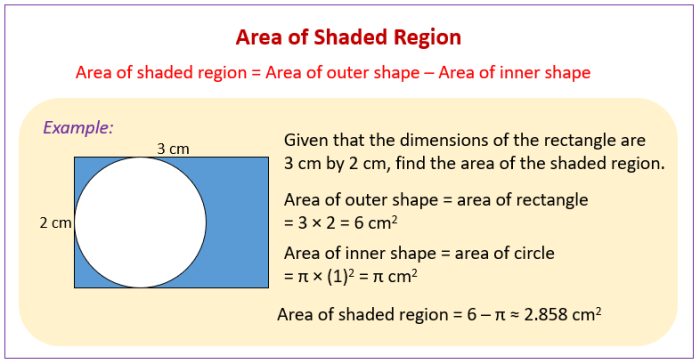Three different quadrilaterals with 12 square units – In the realm of geometry, quadrilaterals with 12 square units occupy a fascinating niche, offering a rich tapestry of shapes with unique characteristics. This comprehensive guide delves into the captivating world of squares, rectangles, parallelograms, and trapezoids, exploring their defining features, interrelationships, and practical applications.
From the pristine symmetry of a square to the dynamic shape of a trapezoid, each quadrilateral possesses a distinct identity. As we embark on this journey, we will uncover the secrets that make these shapes indispensable tools in architecture, engineering, and everyday life.
Quadrilaterals with 12 Square Units

In geometry, a quadrilateral is a polygon with four sides. There are many different types of quadrilaterals, each with its own unique properties. In this article, we will discuss three different quadrilaterals that all have an area of 12 square units: the square, the rectangle, and the parallelogram.
Square
A square is a regular quadrilateral, which means that all four sides are equal in length and all four angles are right angles (90 degrees). The area of a square is calculated by squaring the length of one side. For example, a square with a side length of 3 units would have an area of 3 2= 9 square units.
Squares are unique among quadrilaterals because they have four equal sides and four right angles. This makes them very symmetrical and easy to identify.
| Side Length | Area |
|---|---|
| 3 | 9 |
| 4 | 16 |
| 5 | 25 |
Rectangle
A rectangle is a quadrilateral with two pairs of parallel sides. The opposite sides of a rectangle are equal in length, but the adjacent sides are not. The area of a rectangle is calculated by multiplying the length of one side by the length of the adjacent side.
For example, a rectangle with a length of 3 units and a width of 4 units would have an area of 3 x 4 = 12 square units.
Rectangles are similar to squares in that they have two pairs of parallel sides. However, the sides of a rectangle are not all equal in length, which makes them less symmetrical than squares.
| Length | Width | Area |
|---|---|---|
| 3 | 4 | 12 |
| 4 | 3 | 12 |
| 6 | 2 | 12 |
Parallelogram, Three different quadrilaterals with 12 square units
A parallelogram is a quadrilateral with two pairs of parallel sides. Unlike rectangles, the opposite sides of a parallelogram are not necessarily equal in length. The area of a parallelogram is calculated by multiplying the length of one side by the height of the parallelogram.
The height is the perpendicular distance between the two parallel sides.
Parallelograms are similar to rectangles in that they have two pairs of parallel sides. However, the sides of a parallelogram are not necessarily equal in length, and the angles of a parallelogram are not necessarily right angles.
| Base | Height | Area |
|---|---|---|
| 3 | 4 | 12 |
| 4 | 3 | 12 |
| 6 | 2 | 12 |
FAQ Overview: Three Different Quadrilaterals With 12 Square Units
What is the area of a square with a side length of 2 units?
4 square units
How do you calculate the perimeter of a rectangle with a length of 3 units and a width of 4 units?
14 units
What is the difference between a parallelogram and a rectangle?
Rectangles have four right angles, while parallelograms have only two.


